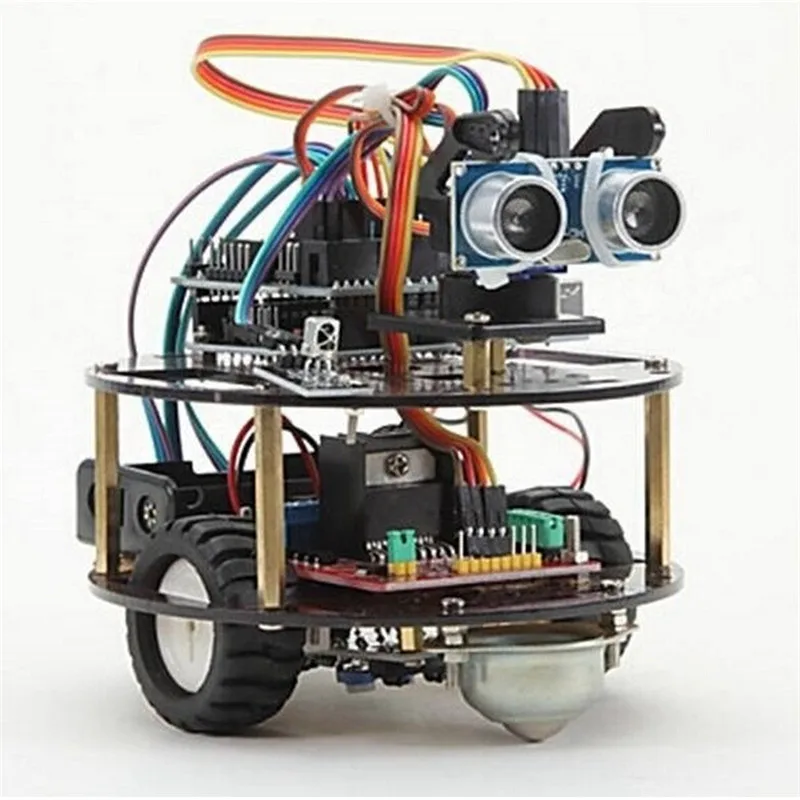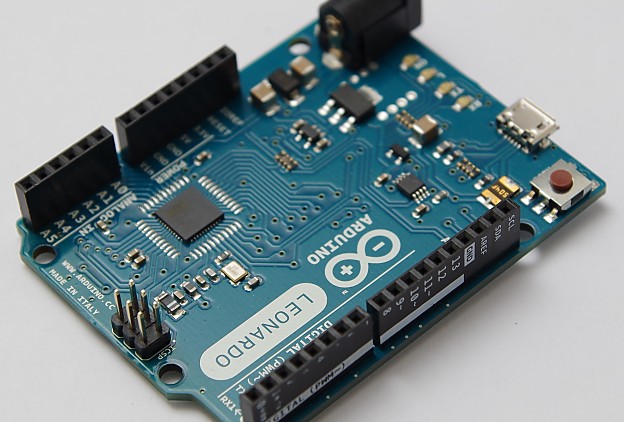

ARDUINO ASSEMBLER CODE
After this, the program is completely converted into machine code and can be programmed to the board. The linker takes the object file and adds everything that’s missing to make it into an executable – mainly symbols from other object files. The final stage is called linking and it’s done by yet another program called – unsurprisingly – linker.This allows Arduino IDE to “pre-compile” some libraries that will always be used when writing Arduino sketch, making the whole process a lot faster. This is mostly machine code, but it can also contain “references” to objects in other object files.

The next program that processed your sketch is called assembler.

This part is the reason why you have to select the correct Arduino board before you start compiling a sketch – different boards have different processors, which in turn have different instruction sets. This a lower programming language that is still human readable, but much closer to machine code – it’s basically just processor-specific instructions.

The compiler (in the Arduino IDE case it’s avr-gcc ) takes in text source and produces assembly file.
Then, the extended source code was handed over to another program called compiler. Since we will talk more about this step later on, we’ll just assume that the result is a file called “extended source code”, which is just still just a text file. This is a very simple program that doesn’t really care if the file is a C/C++ source code. After syntax check, Arduino IDE starts another program called preprocessor. This is the point at which the compilation will halt in case you misspelled a function or forgot a semicolon. Arduino IDE performed something called “syntactic check”, to make sure what you wrote is actual C/C++ source code. While compiling, several things happened: Well, you just successfully compiled C++ source code into a binary. Assuming there are no syntactic errors in the program, the console at the bottom should print out some information about the program size and memory. Let’s do a quick experiment first: start your Arduino IDE, open one of the example codes (e.g. Let’s take a look at how compilation works. Don’t worry, it sounds much more complicated than it actually is. To understand how exactly this happens, we first have to take a quick look at how C/C++ source code is compiled into a program. It is much easier to organize, debug and maintain multiple, split files, than a huge blob of code.Īrduino beginners should already be familiar with #include which “adds” the library to the main sketch. Dividing code into separate files is also a good programming practice. This is one of the reasons why Arduino programming is so easy for beginners – you don’t need to have a deep understanding of how a sensor works libraries will do most of the work for you. But, how exactly does that happen? And what is really going on behind the scenes when you #include a library and then press the “Upload” button? What do I need to get started?Īlmost everyone who has ever used Arduino has used a library. This means that when you use less sensors, the overall program size and memory usage will be smaller. One of the core features of this library is that the program size is noticeably minimized by only compiling the parts of the library that contain the code specific for the sensor you want to use. In Lightweight Arduino Library for ROHM Sensor Evaluation Kit, I introduced RohmMultiSensor – Arduino library that allows you to easily interface with multiple sensors in the ROHM Sensor Evaluation Kit. Providing feedback: #warning and #error directives. Conditional compilation: #if directives. Originally published by Table of Contents








 0 kommentar(er)
0 kommentar(er)
